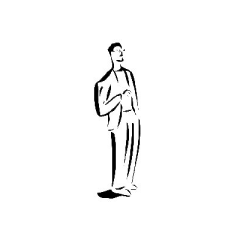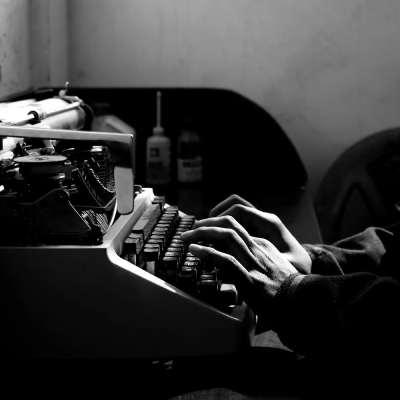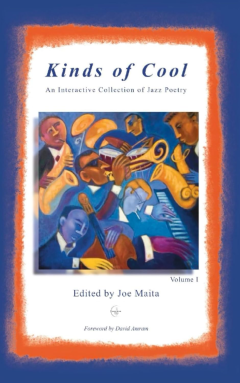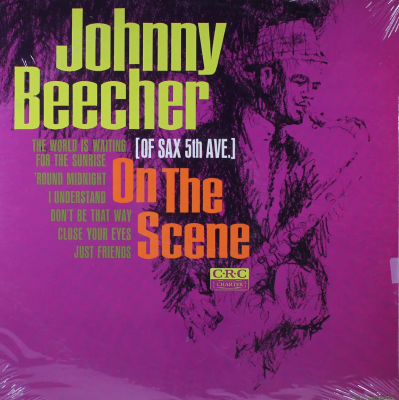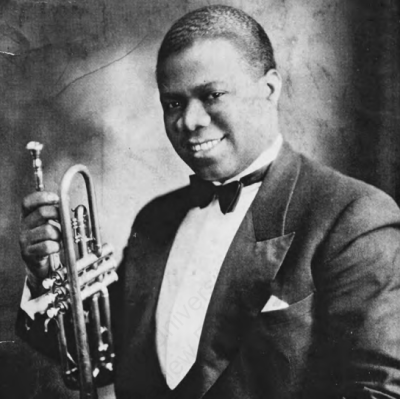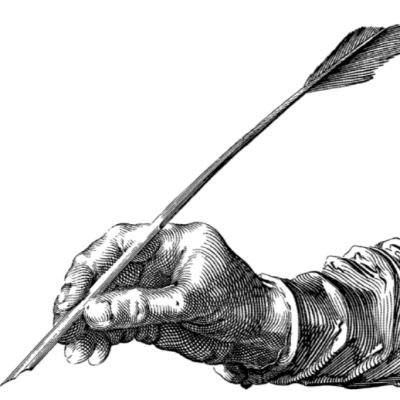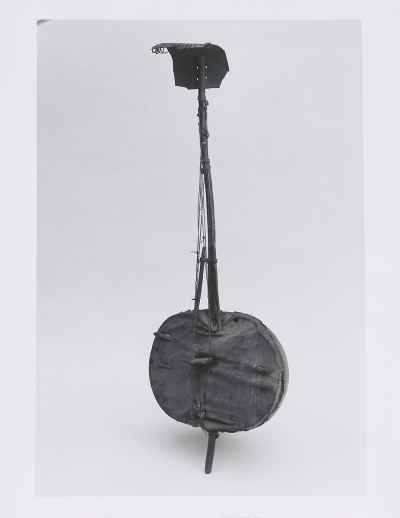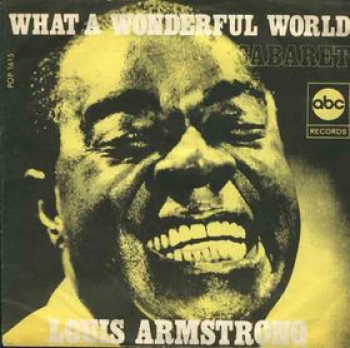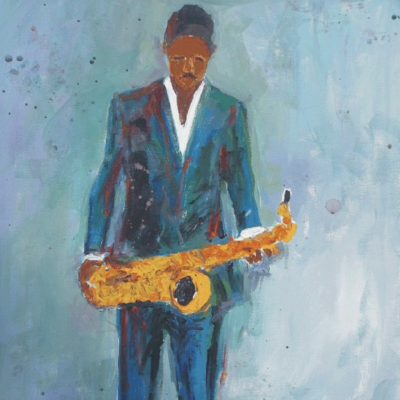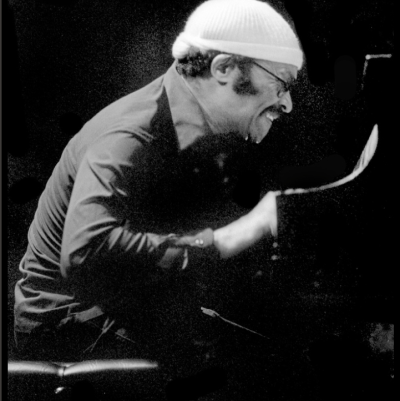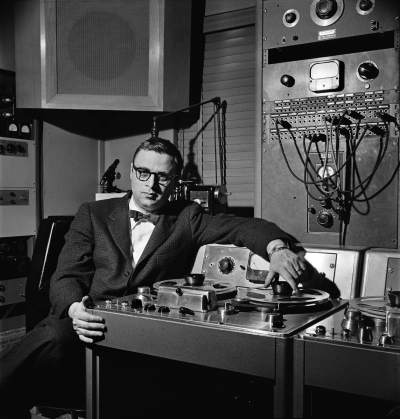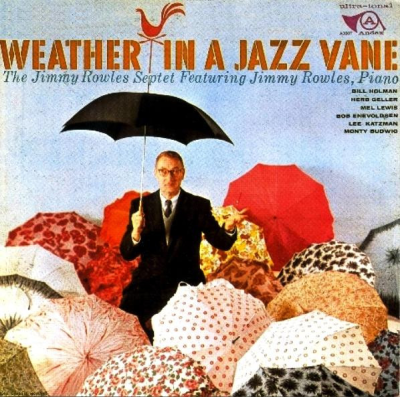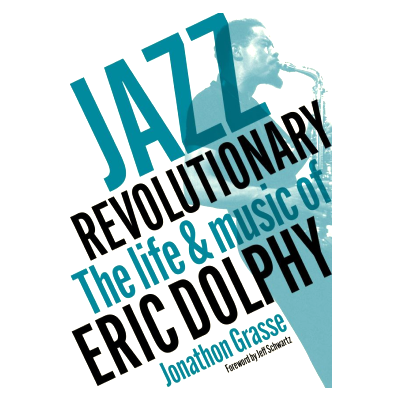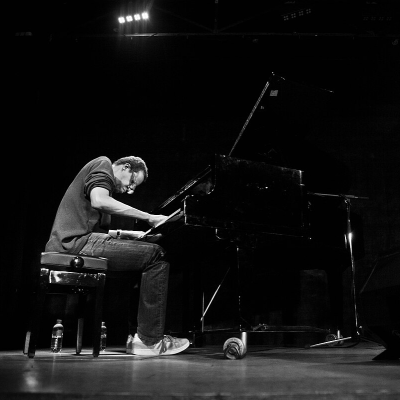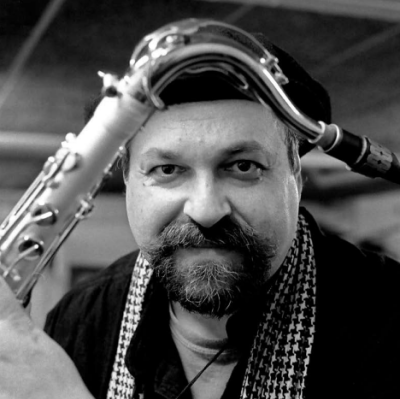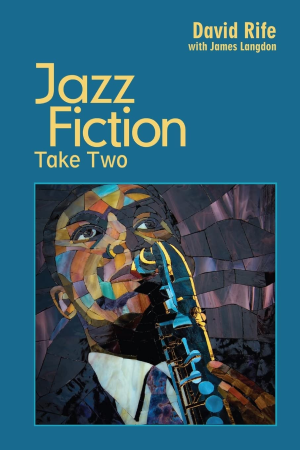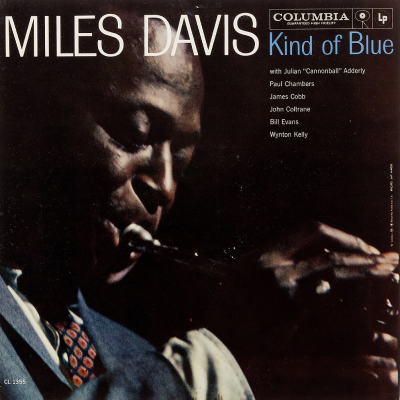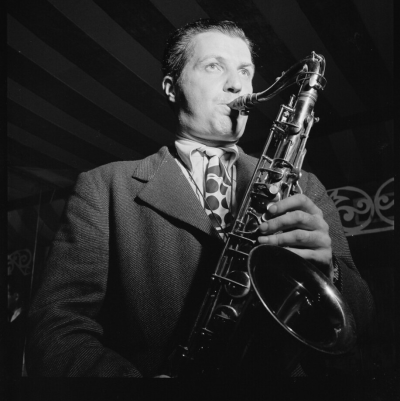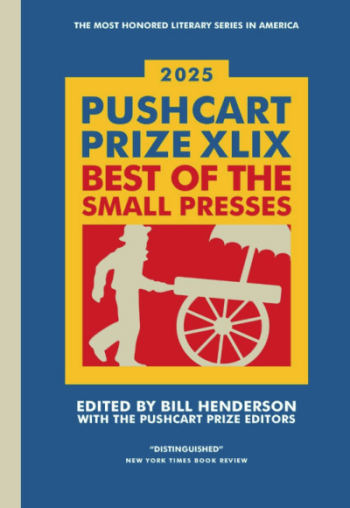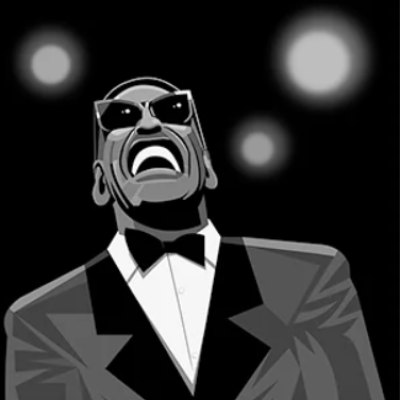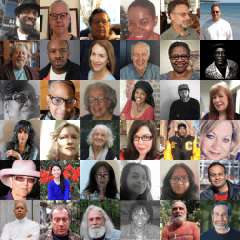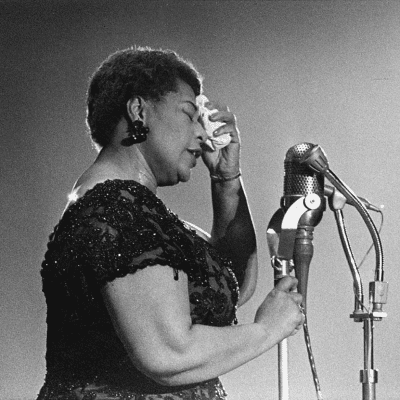.
.
New Short Fiction Award
We value creative writing and wish to encourage writers of short fiction to pursue their dream of being published. Jerry Jazz Musician would like to provide another step in the career of an aspiring writer. Three times a year, we award a writer who submits, in our opinion, the best original, previously unpublished work.
Mary Jo Marcellus Wyse of Rochester, New York is the twelfth recipient of the Jerry Jazz Musician New Short Fiction Award, announced and published for the first time on July 18, 2006.
.
.
___
.
.
Mary Jo Marcellus Wyse
.
*
.
Mary Jo Marcellus Wyse is a graduate of Vermont Colleges MFA in writing program. Her writing credits include publications in Current Magazine (online), Mota 4: Integrity, Pindeldyboz (online), Muse Apprentice Guild (online), Freedom Isnt Free (forthcoming), and an essay in the book, Reconciling Catholicism and Feminism (University of Notre Dame Press). In November 2006, Mary Jo will have a non-fiction story published in Italy From a Backpack. She has taught high school and college-level English in Ohio, Kansas, and Michigan, and in August, 2006, moved with her husband to Fairbanks, Alaska.
Mary Jo has studied the violin, piano, and harp and continues to play the violin on occasion for family and friends.
.
Contact Mary Jo Marcellus Wyse
.
*
.
.
.
Mute
by
Mary Jo Marcellus Wyse
.
____
.
…..Megan Watson pushes open the front door of the old house, escaping the cold. On the left, a welcome mat, wet from snow, rests before the entrance to a vegetarian restaurant. Shes not hungry. Turning to the dry stairwell with the faded violin painted on the wall, she begins her ascent to the shop upstairs.
…..Paper taped at the top stair reads, “Press Doorbell.” When the door draws open, an older gentleman with a full, white mustache, smiles down at her. Running his palm over the top of his head, he looks tired, but curious.
…..“Is the store still?”
…..“Til six, yes. Come in and tell me what youre looking for.”
…..Megan steps up, passes over the threshold, and finds herself in the cross-section of three rooms. The man directs her to her left then squeezes around the glass counter.
…..“Ive come for a mute,” she says, glancing around the cluttered shop. “Do you sell mutes?” Music books, black cases and magazines are stacked on the floorboards along the wall. Facing the street, six polished violins hang from their scrolls one behind the other, white price tags twirling from strings. The instruments, ranging from deep chocolate to pumpkin orange, reflect the waning sunlight from the window. They balance like birds on a wire, waiting for the musician.
…..Megan smiles at the violins, wanting to run her hands down their backs.
…..“I have mutes, of course,” the man says, sliding open the door behind the case, removing a tray. “But there are many different kinds.” His voice, thick with an accent Megan cannot recognize, crackles within his throat.…..
…..“You can set your belongings on that chair if you wish.” He motions to an old, rickety chair at her knees. She sets down her hat, gloves and purse without a sound. “Why a mute?” he asks, then answers himself. “You must play in an orchestra.”
…..She examines the full tray of mutes, bridges and violin strings, unsure if she wants to explain. “I studied the violin for many years as a girl,” she says, her voice soft, apologetic. “Im starting again and dont want to be too loud. My husbands in school. Its such a small apartment.”
…..He nods, fingers moving in the plastic tray.
…..“I do love the music. I wish I didnt have to”
…..“Where did you study?”
…..“The violin? In Rochester. The Eastman School.”
…..He stops, looks up. “So you can play.” Three mutes sit on the glass countertop, evenly spaced. The old man starts to say something, but changes his mind. He fingers the mutes, pinching and raising each to his eye. “You have moved here recently, yes?”…..
…..“My husband just started in the universitys psychology program. He is a Ph.D. candidate,” she adds.
…..The man shows her the different types of mutes, ranging in size.
…..She says, “I only have a little cash. I suppose you dont take credit cards?” As she unzips her wallet, the man lifts one violin from the wire and slips a mute onto the strings, over the bridge. He sits beside the window beneath the row of hanging violins.
…..“I play cello, so I will play this violin like a cello. Listen for the difference in sound with each mute.” He cradles the instrument in his lap, his right elbow out to the side, fingers grasping the bow.
…..He tests the three mutes. The notes, crisp and sharp, fill the room. The mutes go on and off, differing in pitch. A noticeable contrast. The large one. The leather one. Her eyes close for a note or two. Even muted, the music made by the old man makes Megans fingers move. She toys with the idea that he will pass the instrument to her. Would she embarrass herself in front of him?
…..She removes two crumpled bills, placing them on the counter, avoiding his eyes. Loose change jangles in the coin pouch. “Would this cover the little black one?”
…..He hands her the hand-stitched, brown leather mute. “Take this one. Its much better.”
…..Megan stares, flustered. “I cant”
…..“But you need to practice,” he mumbles. “Your husband will like this one best.” He replaces the violin on the wire, its notes still ringing.
…..She bites the inside of her lower lip, watching him.
…..He fidgets with the money box, stuffing her bills inside beneath the coin shelf. The violin he replaced on the wire sways slightly, silently. “Do you want a bag?” he asks and she shakes her head, placing the mute and her wallet in her purse.
…..A quiet moment passes. Megan hears the cars on the street below. “Do you play often? Youre very good.”
…..The old mans eyes nearly shut with his smile. “I play when I can. Cello.”
…..“Do you make the violins?”
…..He hands her his card, his thick mustache twitching. “Take a few,” he says. “I have made three violins. Here, you see. One of mine.” He nods at the wire. “And Ive made one cello. So do I consider myself a violin maker? Yes, I do,” he says, watching Megans reaction. “Mostly, however, I do repairs.”
…..Megan reads the business card in her hand, stacking the extras in the pile.
….. Violin Shop
…..Stefan V. Pezzoli Violin Maker Cellist
…..Formerly 15 years opposite Carnegie Hall
…..Repair Appraisals Restoration Accessories Rehair
…..“My father was a great violin maker in Italy. During Mussolinis time.” He leads Megan to a larger, warmer room. His workshop. The room is warm and dry. He points out the horse hair hanging from the ceiling in the clear, full bag, the enormous cello on its back, shelved in the corner. The box of wood. They stand in front of the workmans table side-by-side as the violin maker opens a thin photo album. Megan leans over the table.
…..With each page, the man explains the black-and-white photographs, the old newspaper clippings. “My father,” he says several times, pointing. “And one of his apprentices.” She senses the pride in his voice.
…..Megan follows the story of this mans father, his noteworthy career, how he met his Hungarian wife. The old mans family story. Around Megan, the dim sun scatters light on the sawdust, the wood shavings across the floorboards. She feels like a little girl again, carrying her violin case into the repair shop. To trade in her tiny instrument for a bigger one. Or to have her bow re-haired. Or to smell the different sticks of rosin. She used to visit Stillman Brothers on her way home from school. The large, bustling shop. The craftsmen, donning ties, gloves and heavy aprons, welcomed visitors into their studio, delighted to work for an audience. The sawdust, the wood chips. The setting sun, filtered light.
…..She thinks of her husband, Thomas, home studying alone at the kitchen table. Quietly.
…..“My father was the best in Cremona. Everyone came to his shop for a violin or cello. Sometimes he made violas. But he was known for his violins. Even the fascists came to him. Here, see. This man.” She shifts her gaze to the photograph behind his finger. “The fascists at least kept the streetlights working, the traffic moving. They encouraged the music, my fathers business.” She examines the photo, the slick hair and buttoned jacket of the fascist holding a violin by the neck.
…..Megan glimpses the old man standing next to her, his profile. The bulbous nose, shiny, full cheeks. The pride encased in creases around his smiling mouth. Still, there is a sadness she wonders about as his fingers poke the pages.
…..“Except,” he says, “he gave the shop to my brother, Peter, when he died. Peter sold it. Needed the money, he said. I should have stopped him, done something. But Ithe shop” He lowers his head. Megan stares at the opened album. Most of the pictures are crooked, off-center. Some are matched with old, yellowed newspaper clippings. Italian words she cannot read. Its assemblage had been hasty. Hurried work. By a distressed man. A grieving man. She doesnt know what to say. He removes a handkerchief from his breast pocket and blows his nose.
…..“My first violin was a ruler taped to a butter box,” Megan says at last. “For posture and position.”
…..He smiles, not looking at her, and closes the photo album. “Ive heard that before.”
…..“I was really a baby when I started. A five-year-old little girl with a butter box and I carried it everywhere. Even to kindergarten with my lunch pail and book bag. I was so proud of it.” Proud. Yet, Thomas doesnt understand.
…..Before she left for work that morning, Thomas had said, “Classical music does nothing to calm me. Let alone your stopping and starting. Herky jerky.”
…..“But Ill improve,” she said. “I just need practice and itll all come back.”
…..He shook his head, eyes tired from lack of sleep. “Megan, cant it wait? Until I graduate? And we move to a bigger place?” She left quietly, shaking her head. Her fingers black from pressing the strings curled around the knob as she closed the door.
…..Megan looks now at the violin maker, studying the pages of his album. “Do you make your living on repairs then?” She pushes thoughts of Thomas out of her head.
…..“Yes” he says. “And selling mutes.” He tells her how he used to make all the repairs for the local high school until they cut the budget. No more orchestra. Just a band. “No strings equals no repairs. But I make these also.” He brings a small wooden tree stand to the table. On its pegs, tiny violins hang. “I made several last fall and gave them to my family for Christmas. My wife stains the wood.”
…..She hadnt thought about a wife, how he might live with someone up here.
…..He offers her one of his replicas, then replaces it with another. “This ones bigger. Keep it.” The miniature violin fits in her palm. With her thumb, she strokes the polished wood, every detail in place: the f-holes, the strings, the small, saucer-shaped chin rest.
…..The craftsman peers at her. “You said your husband studies at the university? My daughter too.” He squints. “You must be around Tonyas age. Twenty-six?”
…..“Older,” she says, pleased. “Thirty.”
…..“Let me show you.” The man leads Megan into the last room, his living room.
…..Megan sees a futon, a tiny table, shelves. Then an old woman. Gray-haired and knitting in the corner, her eyes focused on a muted television. “This is where I live,” he explains, sweeping his arm through the air. “And that is my wife, Ellie. The love of my life.” The womans eyes skim Megans face, then return to the TV program, the needles never ceasing.
…..“This here,” the old man says. He steps to the bookcase against the wall and lifts a framed photograph from the top shelf. “This is my daughter and her friend when they were very young.” Megans eyes are drawn to the face of the pretty friend, then to the violin makers daughter. Little girls in pig-tails. “See?” He points out several pictures of Tonya when she was a child, then a teenager. “She lives here in Ann Arbor also. Only one or two miles away.”
…..Family photos. Again, Megan senses sadness in his voice.
…..He smoothes his mustache, staring at another framed picture. A teenager in ripped jeans leans back on a car, arms crossed. “She and her husband invite us for dinner every so often. But when she graduates,” he says, “they will leave town, she says. She has been here too long, she says. Wants to see more of the world, she says.”
…..Megan shifts her weight. Behind her, the clickety-clack of knitting needles.
…..Another picture, the largest one, hangs on the wall. It appears recent. “Shes beautiful,” Megan says, focusing on the smooth chestnut hair, the high, rounded cheekbones, the same bone structure of the violin maker.
…..The man nods, agreeing. “And tall. Your height, maybe? Six feet?”
…..“Close. Does Tonya play the violin or cello?”
…..“Tonya?” he asks, drawing out each musical syllable as if plucking three crisp, clear notes. Tone-ee-ah. “The violin, some. I made her one. Have you ever seen the movie, The Red Violin?”
…..Megan nods. “I wanted to ask you the same question.”
…..“I made her a violin, red like the one in the film.” His voice trails off, drowned out by the music of knitting needles, metal sliding on metal. Megan remembers the movie, the beauty of the desirable yet elusive red violin and its many replicas. But she cannot remember people actually playing the instrument in the movie.
…..“Does she ever do repairs with you?”
…..“My daughter is very busy. She has shown little interest in my shop.” He stops and Megan notices the sadness steal across his face as his eyes dart to his wife and back. “But now,” he says. “Ive taken too much of your time.” His fingers flit across her shoulder, briefly, like a butterfly, before he motions to the door. “You must go home to your husband, the engineer, and practice. If you must, use the mute. The sound will still be there. Not as clear, nor as sharp. But you know this, yes?”
…..“Yes.”
…..“Play, then, okay?” Yes, she will play. He shows Megan to the door at the top of the stairs. She ducks into the small salesroom to collect her belongings and decides to grab another business card from his stack.
…..At the shop door, she glances at the card in her hand, then into his tired, wrinkled face. “Stefan Pezzoli?”
…..He bows. “My father too. The great violin maker,” he says. “Who played all his life. In the face of Mussolini.”
…..She sticks out her hand as they stand before the door. “Megan Watson.”
…..“Meg-an,” he says pressing her hand, sounding out her name on his tongue. “Come back soon. And bring your violin. I sell strings too, if you break one.”
…..As he opens the door to the stairwell, Megan looks at him once more, his disheveled hair, his big sloping shoulders. Something like hope in his eyes.
…..“Ill let you know how it works out,” she says to him. “The mute.” She wants to say, Invite Tonya over tonight. Play your cello for her.
…..“Be careful. The stairs are steep.”
…..She takes them slowly, her gloved hand running along the banister.
…..On ground level, Megan opens the front door of the house. Leaving the old man behind, she trudges into the February cold, making her way home to Thomas, the only sound the crunching of packed snow beneath her feet.
.
.
_______
.
.
.
.




